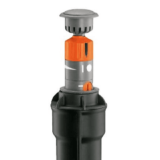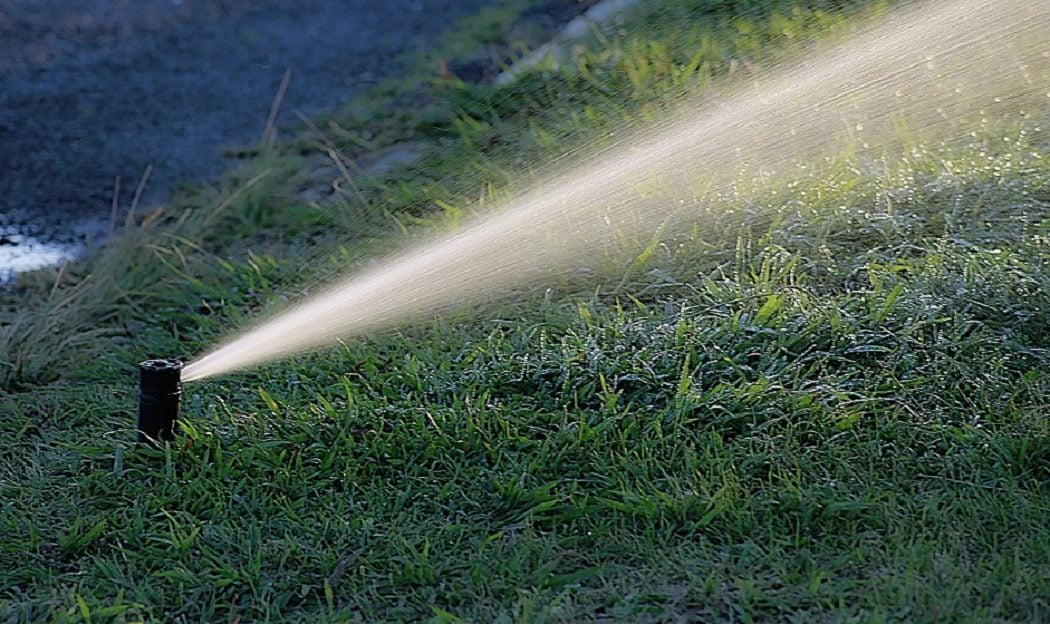 Maintaining automatic watering systems like a sprinkler or drip irrigation system is critical if you want them to do their job and not waste precious water.
Maintaining automatic watering systems like a sprinkler or drip irrigation system is critical if you want them to do their job and not waste precious water.
Remember: now, not in the middle of a July heat wave, is the time to do that maintenance.
Here’s how to give those systems the TLC they need to operate properly now and well into the future.
- When maintaining automatic watering systems, start with a visual inspection. Look for broken or cracked parts, including damaged sprinkler heads and chewed piping on drip irrigation systems. Parts are generally accessible (the manufacturer’s website may tell you where you can get parts; big box stores also stock some sprinkler and drip irrigation parts).
- Check filters and clean or replace as required. Plugged filters are a common cause of system malfunction, especially if you are on a well where minerals and grit get into the water. Filters should be checked every two or three months during watering season.
- For sprinkler systems, test operation in the spring
 Sprinkler heads are easy to clean.
Sprinkler heads are easy to clean.by running just one zone at a time. If any zone isn’t operating properly — for example, if the water flow is erratic or feeble — check for dirt or debris in the sprinkler head. It’s usually as simple as unscrewing the head and tapping or rinsing it. If that doesn’t work, consult your owner’s manual for how to proceed (if you don’t have the manual, an online search using the model number should find it).
- When your sprinkler system is running, check spray patterns for evenness and adjust to ensure you are not watering the sidewalk or driveway. Watch also for vegetation or trees that disrupt the flow and either remove the obstruction or relocate the sprinkler.
- For drip irrigation systems, uncap the main lines and run the water for a couple of minutes to ensure a strong, even flow. Check the emitters, sprayers or whatever you have at the end of the lines for dirt and other obstructions.
- Keep an eye on your lawn and garden all summer: dry or sodden areas mean something isn’t right with your sprinkler or drip irrigation system.
- For sprinkler systems, invest in a rain sensor. They shut off the sprinkler when rainfall reaches a set amount, reducing waste and cost. Depending on your system, they start as low as $40 at big box stores. You can also find sensors for drip irrigation systems.
This video is long but tells you everything you need to know about operating and maintaining your lawn sprinkler system:
Tips
- Water your garden between 5 and 10 a.m. Later in the day means a lot of evaporation, and watering it in the evening can lead to fungus on your plants.
- Don’t buy the cheapest irrigation system you can find: the parts will wear out and the lines crack prematurely.
- Two to three inches of mulch in flower and vegetable beds will help retain moisture in the soil and reduce weeds.
- A drip irrigation system is a smart idea for vegetables and flowers alike because it can prevent water waste by delivering moisture exactly where it’s needed. If you don’t have one already, Lee Valley carries them and offers a free online booklet that shows you how to plan, install and troubleshoot a system.
- If you don’t already have a lawn sprinkler system, ask yourself if you really need one. Water is a precious resource and needs protection. Besides, a well-cared for lawn is remarkably resilient and can survive on rainwater, even if it does get a bit brown in mid-summer. I’ve never watered our acre of lawn in the 40 years we’ve owned our home, and it looks just fine despite the many droughts we’ve suffered over the years.
- Instead of watering your grass, start introducing clover into your lawn. Clover is hardy and drought tolerant, easy to grow, doesn’t need fertilizer, fixes nitrogen in the soil and is great for pollinators. A small bag of White Dutch Clover, available for about $12 at retailers like Ritchie Feed & Seed, goes a long way.
Got a maintenance task you’re not sure how to do?
Drop us a line at info@allthingshome.ca or message us through Facebook.




